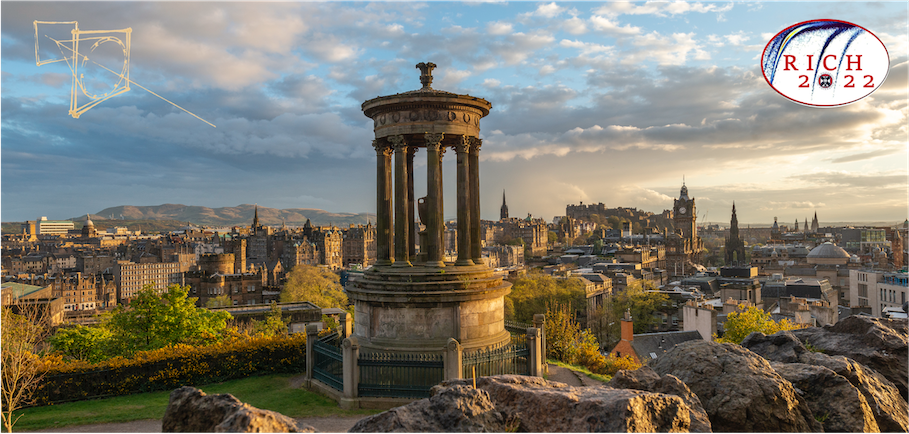Speaker
Description
An EU supported Design Study has been carried out during the years 2018-2021 of how the 5 MW linear accelerator (linac) of the European Spallation Source under construction in Lund, Sweden, can be used to generate a world-uniquely intense neutrino beam for precision measurement of the CP violating phase δCP. As there are definite limits, related to uncertainties in neutrino-nucleus interactions modelling, to by how much the systematic errors in such measurements can be reduced, the way to increase the precision with which δCP can be measured is to make the measurements at the second oscillation maximum, where the CP violation signal is close to 3 times larger than at the first. As the second maximum is located further away from the neutrino source, a higher beam intensity and thus higher proton driver power is required when measuring at the second maximum. The uniquely high power of the ESS linac will allow for the measurements to be made at the second oscillation maximum and thereby for the most precise measurements to be made of δCP. One part of the program, still to be designed, will be to use a Low Energy nuSTORM racetrack ring and a Low Energy Monitored Neutrino Beam to generate beams of both electron and muon neutrinos and measure their cross-sections in the low neutrino energy range with the aim to increase the measurement precision further. In this talk will be described the results of the work made on the design of the main components of the ESSnuSB research infrastructure, which are the ESS linac upgraded to 10 MW, the pulse accumulator ring, the target station, the near neutrino detector and the far neutrino detector, as well as the results of the evaluation of the physics performance for leptonic CP violation discovery and, in particular, the precision with which it will be possible to measure the CP violation phase δCP.
